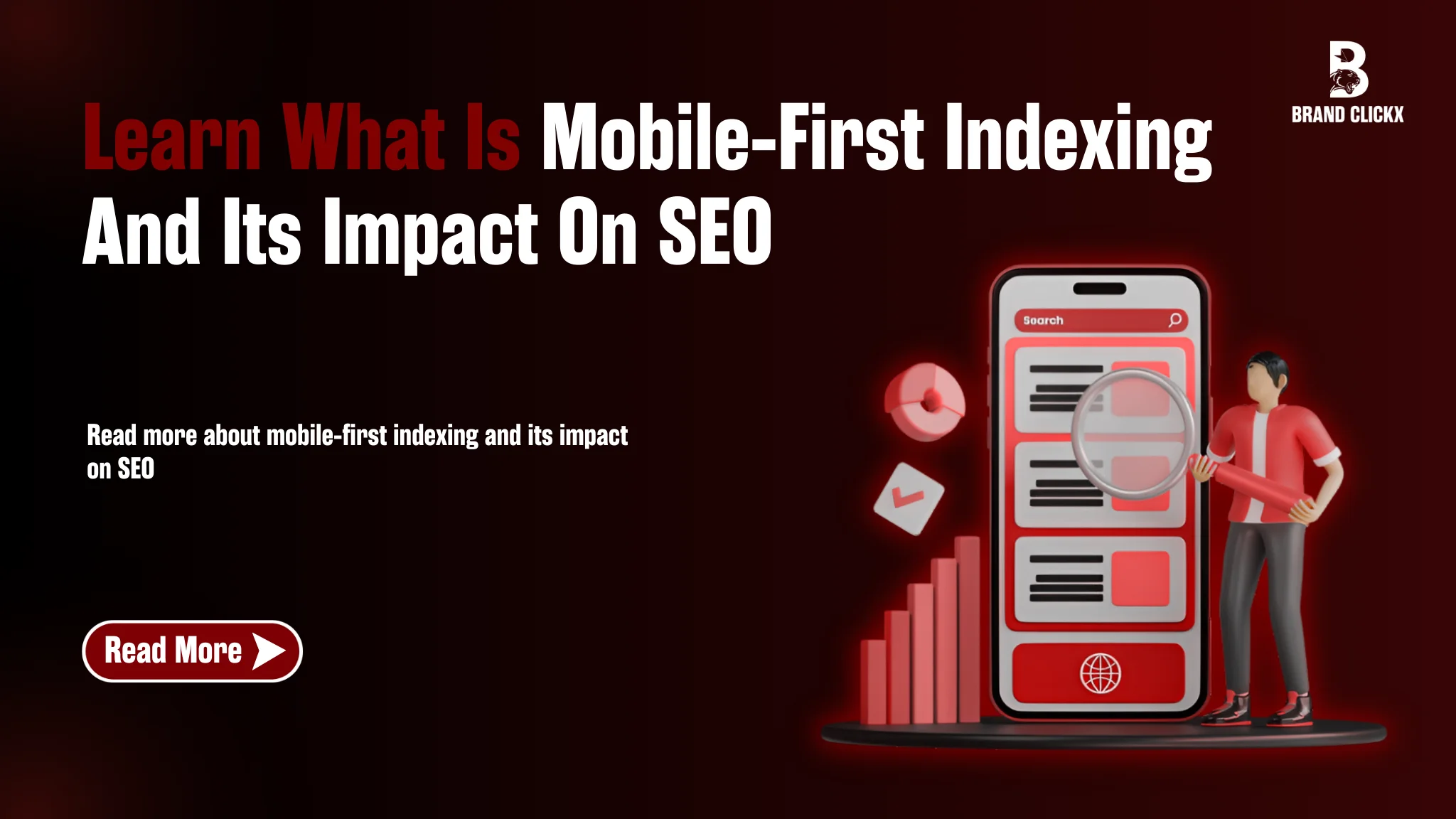If you want to create a site, you should know about Mobile-first indexing and its impact on SEO because most of the audience uses the internet through their phones instead of other devices. The website speed varies from device to device, but Google’s algorithm prefers mobile-first indexing.
This shows that Mobile-first indexing has a significant impact on SEO. Studies from 2019 show that Google shifted to mobile-first indexing for all websites, highlighting the criteria for ranking sites on search engines.
But if your website isn’t optimized for mobile phones, it will never stand out among SEO’s good books. So, let’s explore this article to learn about mobile-first indexing to stay ahead in SEO and grow your website.
What is mobile-first indexing?
A web crawler crawls all the sites and indexing starts. Once the indexing has been done, the crawlers immediately start SERP analysis to know how the provided information meets the requirements of the readers. Google’s primary concern is to check a site’s authority, usability, and relevance optimization.
It also focuses on how a site looks on computers, laptops, and mobile phones. It also tries to know whether the layout design is effective or not. If everything is suitable, then there is a great chance for a site to rank higher.
This all underlies the definition of mobile-first indexing: crawlers look for mobile optimization when they index new sites. So, if a website does not work well on mobile, its chances of ranking well in search results decrease.
Why Mobile-First Indexing Matters for SEO
Mobile optimization is compulsory if you want to get ranked on the first page. If you don’t make the site mobile-optimized, this won’t work for you because this will affect site speed on every device, not only on a mobile.
This results in a significant loss because if your audience is desktop users, they may not see your website as being ahead of competitors because Google declares it less user-friendly. Remember to schedule an audit, monitor your site’s performance across many platforms, and optimize it anywhere possible.
Check out this blog beginner’s guide to SEO 2025
Mobile optimization methods
Google suggests various methods for mobile optimization; you can follow them:
Separate URLs
Try separate URLs for mobile phones, enabling you to redirect them to well-optimized websites. The developers developing this style must be aware of a basic understanding of HTTP response headers to use it effectively.

Dynamic serving
Dynamic serving includes configuring HTTP headers. All users are asked to use the same link, and the server detects which site version is best for the user’s device.
Responsive design
Although all strategies work, Google strongly advises responsive design. The same URL and server are accessed by users on various devices. The website then adapts to any screen size and orientation, ensuring that each visitor enjoys an experience tailored to their device’s exact requirements.
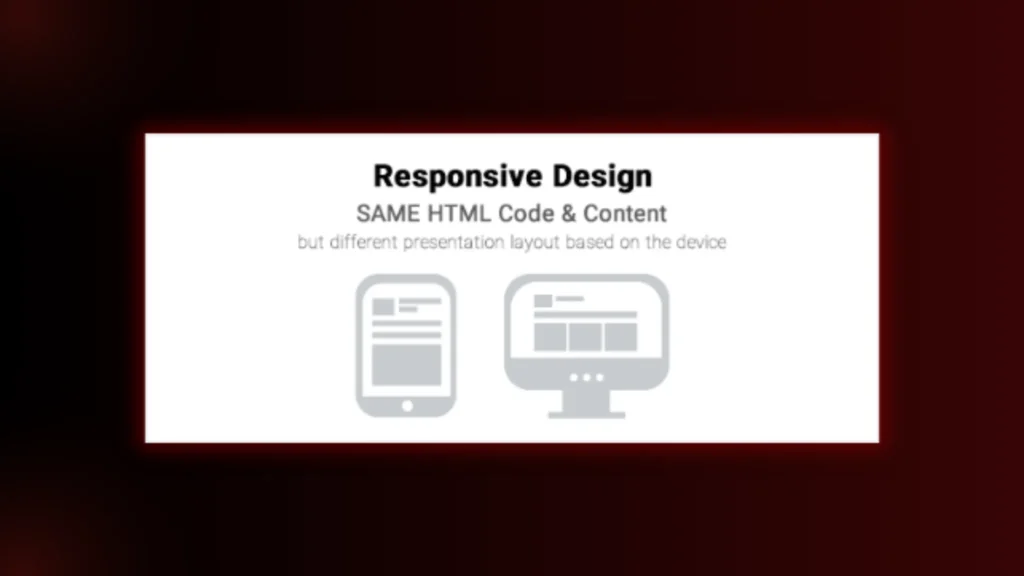
Best Practices for Mobile-First Optimization
Mobile optimization is a widely revolutionary process because of the diversity of its users. Be sure to follow these steps while making a new site and make your information more accessible; this will generate more visitors.
Make sure your site is crawlable.
Some settings prove restrictions to your crawler and stop it from crawling the whole site. Ensure that your site is crawlable; to do this, enable JavaScript and CSS. Use structured data markup that makes crawlers comprehend your content.
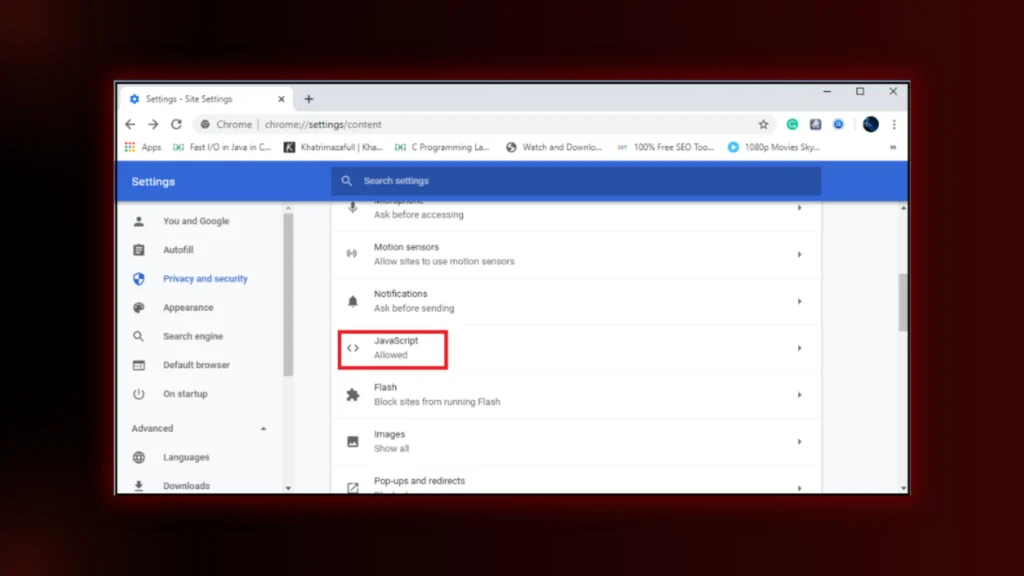
Simplify site navigation
Always use an easy panel that the visitors can easily understand. In online searches, when visitors can navigate to any page on your site the second they want to, you can keep them engaged longer and get closer to converting them as leads.
Improve loading speeds
You need to work on improving the loading time of your website. The speed should be enough to easily download the images and play videos on the site. This is called “lazy loading” and enables your site to load faster for people looking for a quick answer.
How to Optimize Content for Mobile-First Indexing
Short Paragraphs and Concise Introductions
Always use short paragraphs and concise introductions. Mobile phones’ screens are smaller, so long paragraphs seem challenging to read. Keep your paragraphs short, ideally around 2-3 sentences, and get to your main points quickly. This structure comforts readers, and they can read more easily.
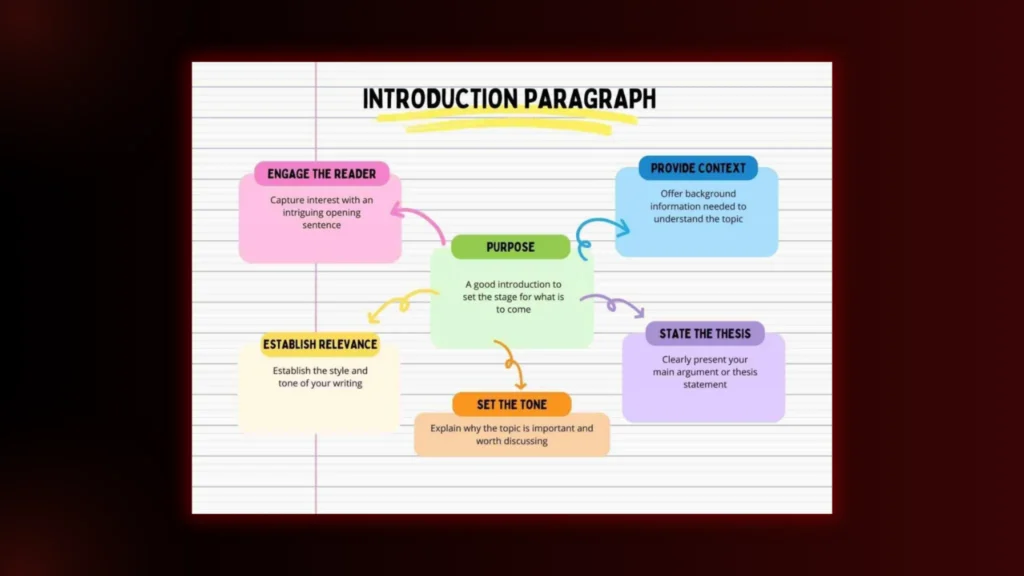
Use Responsive Design
Ensure that your website’s design is responsive, meaning it adapts to different screen sizes and orientations. This makes your site more visually appealing and ensures all your content is easily accessible on any device.

Optimize Images and Media
Large photos and media files on mobile devices can cause your site to load more slowly. Use compressed images and next-generation formats like WebP to minimize file sizes without compromising quality. Your site will load more quickly, enhancing both SEO and user experience.

Main Issues for Website Owners
As a website owner, you face many issues. It does not matter whether you are a newbie or an expert; you have to deal with them. Here, you will see five common website challenges and how to deal with them.
Website Security
Website security should be your priority. Cyberattacks, data breaches, and malware infections are real fears that can be problematic. To address this challenge, it’s essential yet complex to have robust security measures in place.
Solution: Use Cloudflare‘s advanced security features, which include automatic SSL certificates, regular security updates, and proactive monitoring. With these in place, your website will be in safe hands.

Content Management
You require enough time in content management, especially when you’re not tech-savvy. Fresh and engaging content is beneficial for user experience and SEO.
Read more to Learn the power of SEO for better ranking.
Solution: Remember, a user-friendly CMS streamlines content management. Edit and update your website’s content with WordPress without the need for extensive technical knowledge.
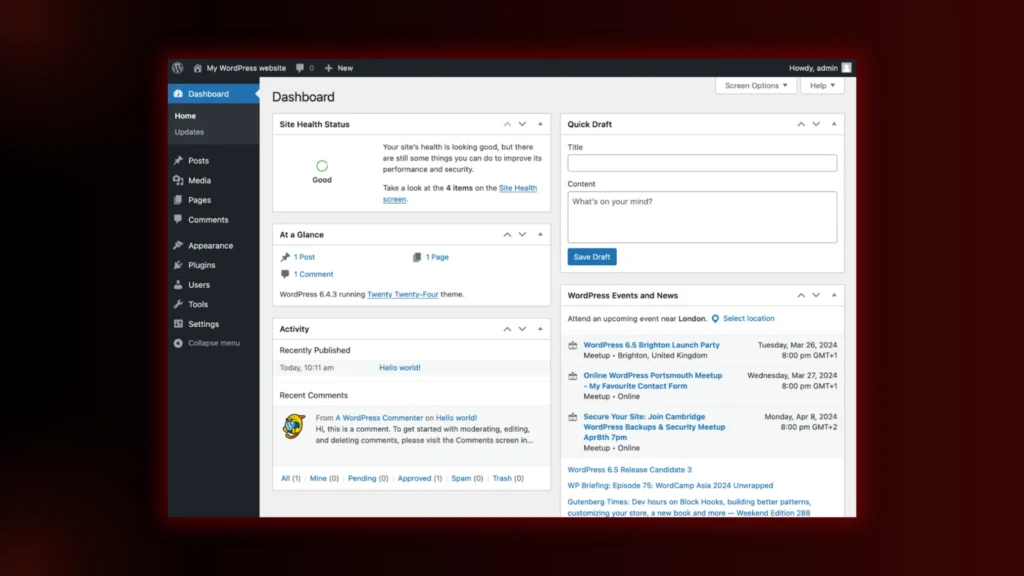
Mobile Responsiveness
Excessive mobile phones have made a mobile-responsive website mandatory. You can’t risk losing a significant percentage of your audience if your website is incompatible with various screen widths.
Solution: Websites should be made with mobile responsiveness in mind. Use Responsinator, which automatically adjusts to different screen sizes and gives a seamless browsing experience for users on smartphones, tablets, and desktops.

Website Speed
Website speed should be valid; otherwise, this can be irritating and negatively impact your search engine rankings. Your site’s speed is essential for user experience and improving SEO.
Solution: Websites should provide powerful tools such as Clevero, Fast Cache, image presets, and compression functionality to enable speed-optimized websites.
Read more about how to improve your site’s speed in 2025.

Search Engine Optimization (SEO)
If you want traffic, you must work on Search Engine Optimization. However, it is not possible without proper training because its algorithms are challenging. For this purpose, you need SEO experts to meet your needs.
Solution: The website should provide built-in SEO and features that help improve your website’s search engine visibility. Many tools are available to optimize meta tags and XML sitemaps, so keep your website updated for better results.
Also, Learn about Image SEO Best Practices For Better Rankings.

Final Thoughts
Mobile-first indexing focuses on the need for mobile-friendly websites. With Google prioritizing mobile versions for indexing and ranking, businesses should create responsive sites that are fast and user-friendly. Avoiding mobile optimization can cause lower rankings, reduced traffic, and lost opportunities.
Is your website optimized for mobile-first indexing? Don’t let poor mobile performance destroy your rankings! Start improving your site’s mobile experience today. Need expert help? Contact us now!
FAQs
What is mobile-first indexing?
The “mobile-first indexing” technique used by Google ranks and indexes websites based on their mobile version rather than their desktop version. It is an essential part of SEO and significantly affects a website’s ranking in search results.
What is the mobile-first approach?
In the mobile-first design method, the smallest device is designed first, and then the design features are gradually improved for larger layouts (e.g., start developing for mobile and then go on to desktop).

